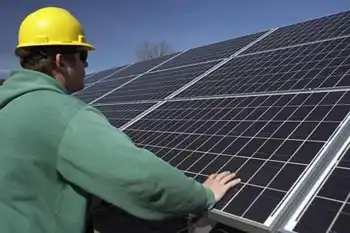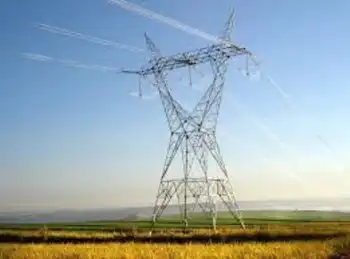Mexico eyes 10 new nuclear plants by 2028
By Reuters
Electrical Testing & Commissioning of Power Systems
Our customized live online or in‑person group training can be delivered to your staff at your location.

- Live Online
- 12 hours Instructor-led
- Group Training Available
Mexico's Federal Electricity Commission, or CFE, currently has four scenarios for new power generation capacity from 2019-28 that range from a heavy reliance on coal-fired power plants to meet growing demand to a low-carbon scenario that calls for big investments in nuclear and wind power, said Eugenio Laris, who is in charge of investment projects at the company.
Mexico currently operates a single nuclear power station at Laguna Verde in the state of Veracruz along the Gulf of Mexico.
Construction of the plant, which entered commercial operation in the 1990s, took nearly 20 years and the high cost of developing nuclear power stations has so far deterred the CFE from building another.
However, the government of President Felipe Calderon has made tackling climate change a priority. Calderon has promised to make voluntary cuts in carbon dioxide emissions by reducing natural gas flaring and through more efficient use of energy. He has indicated his willingness to further cut Mexico's carbon emissions with financial assistance from wealthier nations.
The country's new national energy policy calls for an increase in carbon-free power generation to 35 percent of capacity from 27 percent currently. Also, changes to energy legislation now require the CFE to consider externalities such as the potential cost of carbon emissions when planning new generation capacity.
"This is going to be the first year that the CFE takes into account what is established in our national energy strategy to determine what the mixture will be for our generation," Energy Minister Georgina Kessel told reporters.
The CFE has traditionally been bound by a requirement to ensure that the electricity it produces is the lowest cost possible. While this rule remains in place, the additional requirement to focus on externalities like carbon emissions will have a significant impact on the country's electricity industry.
Under the CFE's most aggressive scenario, nuclear energy would supply nearly a quarter of Mexico's power needs by 2028, which would allow the country's carbon emissions from power generation to remain virtually unchanged from 2008 despite projections of substantially higher demand.
By contrast the coal-reliant scenario calls for the building of 14 coal-fired generation stations that would double carbon emissions over the same period.











